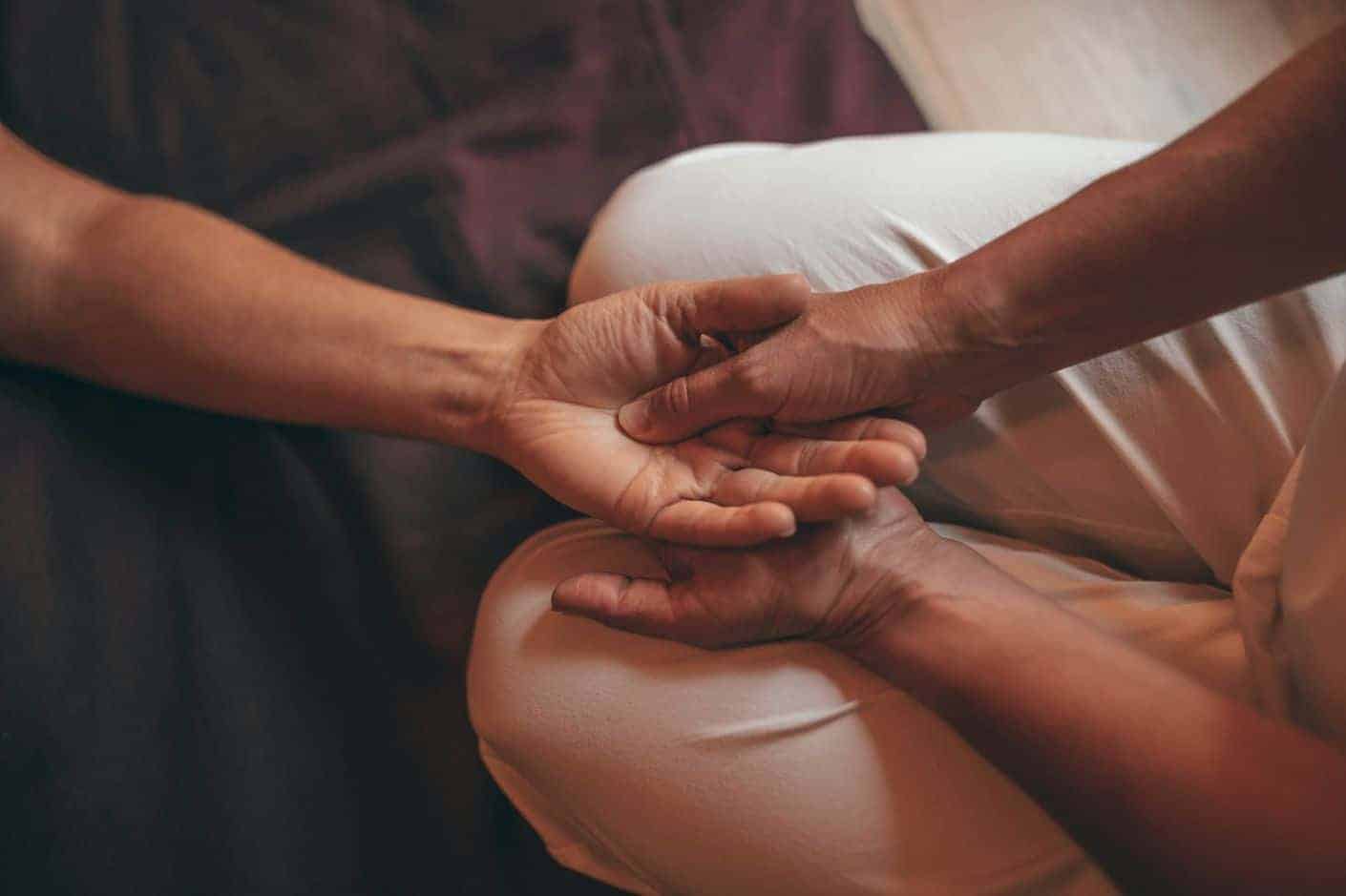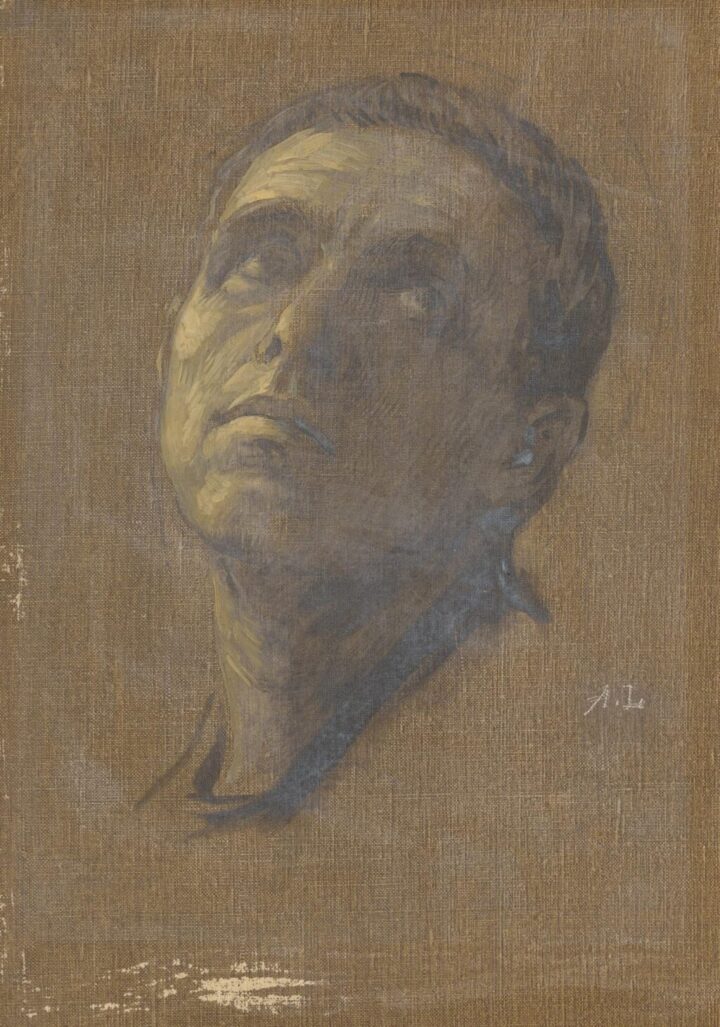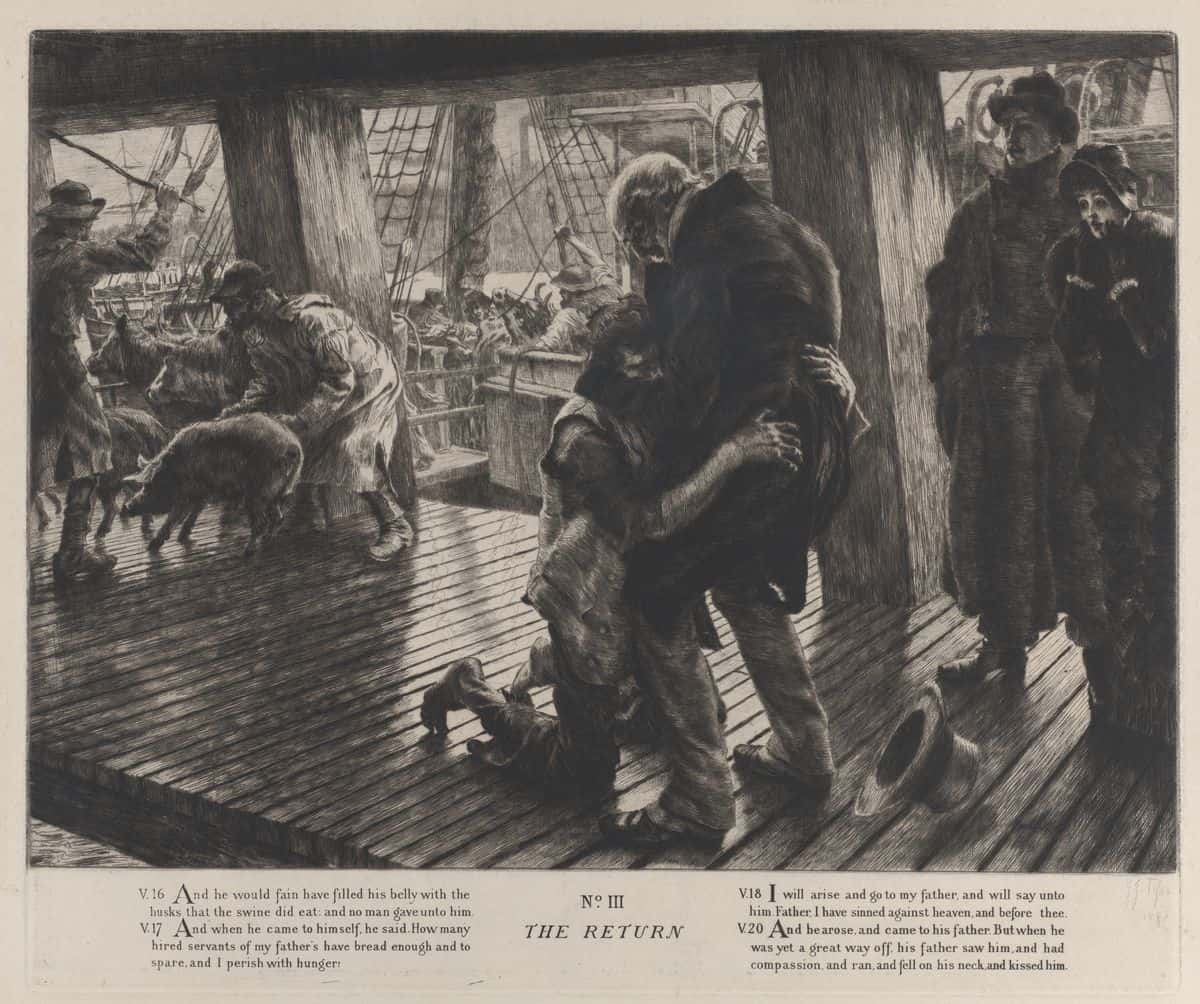Therapy
Accelerated Resolution Therapy (ART): Description, Benefits, Effectiveness
THC Editorial Team February 8, 2022

Contents
- Overview
- What Is Accelerated Resolution Therapy?
- How Does Accelerated Resolution Therapy Work?
- What to Expect in an Accelerated Resolution Therapy Session
- Conditions Commonly Treated by Accelerated Resolution Therapy
- Researched Benefits and Effectiveness of Accelerated Resolution Therapy
- Summary/Outlook
Accelerated resolution therapy (ART) can be an important treatment component for people with severe depression, posttraumatic stress disorder, and other psychological conditions. This recently developed treatment method seeks to help people who have experienced trauma.1 Therapists who use this approach believe that it helps clients by desensitizing them to their traumatic memories and making it easier to cope with the memories.
What Is Accelerated Resolution Therapy?
In 2008, Laney Rosenzweig, a licensed marriage and family therapist, developed ART in her practice. She developed this approach based largely on her experience with eye movement desensitization and reprocessing (EMDR).1 ART not only draws on EMDR, but also combines strategies from cognitive behavioral therapy (CBT), experiential therapies, Gestalt therapy, and exposure therapy.1,2 ART primarily involves imaginal exposure, which consists in reliving memories, and image rescripting, which works to change the client’s visual memory but leaves their declarative memory unaltered. Visual memory refers to memories acquired through the visual processing system and consists of imagery; declarative memory stores events and facts.3,4 Rescripting the memory helps reduce the intense emotional and physiological reactions it induces. ART has shown effectiveness in treating conditions including anxiety, posttraumatic stress disorder (PTSD), and depression.1
How Does Accelerated Resolution Therapy Work?
Therapists commonly use ART as a concurrent treatment with other therapeutic methods. ART techniques include guided imagery, rapid eye movement, and exposure to and rescripting of images to help their clients change how they store painful images and memories in the brain. The approach is client-driven, with individuals deciding the specific memories they will share at different times.2
ART operates based on three main principles:2
- People’s most intrusive memories typically incorporate visual sensory imagery.
- Memories involved in PTSD are generally not well integrated but can become more integrated to reduce intrusiveness.
- When the imagery of these memories changes, a person’s affect changes to become more positive.
ART typically lasts a short duration, consisting of up to five one-hour sessions, spread over three weeks, compared to other common therapies like cognitive processing therapy, which necessitates at least 12 sessions. Many people who undergo ART report experiencing a reduction of symptoms with only a few sessions.2
While ART aims to help people change their emotions and physical feelings surrounding specific traumatic memories, the facts of what happened do not change. Therapists encourage their clients to rewrite their traumatic memories with more positive images.2 Clients who undergo ART are not required to do homework outside of their sessions or asked to process traumatic images and memories when they are not in clinical settings.1
What to Expect in an Accelerated Resolution Therapy Session
When a client begins ART, they understand that they will take the lead in determining what memory or memories need to be processed. To establish a physical baseline, the therapist asks the client to describe their physical feelings and sensations throughout their body before recalling a memory. The client then recalls the traumatic memory or image, even if there are memory gaps because of the traumatic nature of the experience. As they recall the memory, the client may begin to feel the physiological effects of the traumatic memory, like increased heart rate and respiration.1 The therapist then borrows from EMDR and prompts the client to follow their hand as it moves from left to right in front of their eyes. This helps the client separate the physiological sensations from the traumatic memory in order to process the memory and calm the body.2
The client is asked to reactivate the memory for less than a minute—usually just 30-45 seconds.5 This sets ART apart from exposure therapy, which has a high dropout rate due to repeated exposure to traumatic memories.1 The client and therapist move from recalling or viewing the memory to returning awareness to the emotional or somatic symptoms the recalled memory elicits.5 For example, if a client reports that their heartbeat has accelerated, the therapist might tell them to concentrate on their pulse and work on relaxing until it has returned to a normal rate. They repeat this cycle of processing the memory and becoming aware of the body’s response, enabling the client to gradually desensitize and reduce the amount of stress they experience when confronted with the traumatic memory.5
The therapist will also encourage the client to imagine more positive storylines and imagery for their traumatic memories. The therapist might facilitate this by using eye movements or providing prompts.5 For example, a client who had suicidal ideations and engaged in self-harm rescripted his memory of self-harm to instead include his mother interrupting the behavior and stopping him. After this rescripting, the client no longer had suicidal ideations or felt the urge to self-harm. When clients integrate traumatic memories with positive experiences, lived or imagined, the memories become less intrusive and harmful.1
Conditions Commonly Treated by Accelerated Resolution Therapy
Accelerated resolution therapy can help to treat the symptoms of multiple trauma-related problems, including:1
- posttraumatic stress disorder (PTSD)
- obsessive-compulsive disorder (OCD)
- depression
- panic attacks
- grief
- anxiety
- sleep disorders
- phobias
- substance addiction
Researched Benefits and Effectiveness of Accelerated Resolution Therapy
Clients who undergo ART can receive several benefits from this approach. Unlike in exposure therapy, they will not have to recall and process traumatic memories outside of the clinical setting between sessions or do any “homework.” This increases clients’ willingness to continue treatment and makes it easier for those who may not have the time to delve into at-home assignments.1 Because the treatment is so brief, occurring over just two to three weeks, many people report experiencing a rapid reduction in their trauma-related symptoms. The short duration also keeps the dropout rate lower compared to psychotherapies like EMDR and CBT.2
Since ART is a relatively new psychotherapeutic method, there is limited research regarding its effectiveness. Despite this, some studies have shown that this approach can be effective in helping people achieve symptom relief from trauma.
In 2013, researchers from the University of South Florida in Tampa, Florida, conducted a randomized, controlled trial with 57 military service members and veterans with PTSD. The researchers randomly assigned the participants to a group that received ART and a group that received an attention control regimen. The ART group received two to five sessions lasting 60 to 75 minutes, which incorporated bilateral eye movements, imaginal exposure, imagery rescripting, and physical sensation checks. The attention control group received two fitness planning or career planning sessions. The researchers found that those who received ART reported through surveys and questionnaires that they experienced statistically significant reductions of their symptoms compared to those who received the attention control regimen. They still reported reduced symptoms at a follow-up screening three months after the initial intervention.6
A 2012 cohort study also examined the effectiveness of ART for people diagnosed with PTSD. Researchers from various universities and counseling centers recruited 80 adults ranging from 21 to 60 years old. The participants underwent a median of four ART sessions over three weeks to minimize the physiological response caused by traumatic memories and rescript the memories. Through analysis of the Aggression Questionnaire and the Trauma-Related Guilt Inventory, the researchers found that the participants showed reduced symptoms of PTSD, depression, anxiety, and overall physiological symptoms and improved trauma-related growth, quality of sleep, and self-compassion.7
A recent 2020 study conducted by researchers from the University of Southern Florida examined the use of ART for patients over 60 years old experiencing complicated grief, defined as severe and prolonged grief lasting over 12 months. The participants received four ART sessions. The researchers used survey data to find that ART was effective in treating complicated grief, depression, and PTSD.8
Finally, a 2019 study in Military Medicine found that ART effectively treated acute stress experienced by U.S. military service members while deployed in combat zones. The participants received just one ART session within four days of witnessing a traumatic death. The participating military service members reported reduced symptoms of depression and stress and showed sustained improvement one year after the affective incident despite continued exposure to stress after treatment.9
Summary/Outlook
Accelerated resolution therapy shows promise as a brief intervention for people with trauma-related psychological conditions. Continued research regarding ART interventions’ effectiveness can help legitimize this method further and bring it into the mainstream. Those interested in this type of therapy can begin their search for an accelerated resolution therapist by using the Rosenzweig Center for Rapid Recovery Accelerated Resolution Therapy directory.












